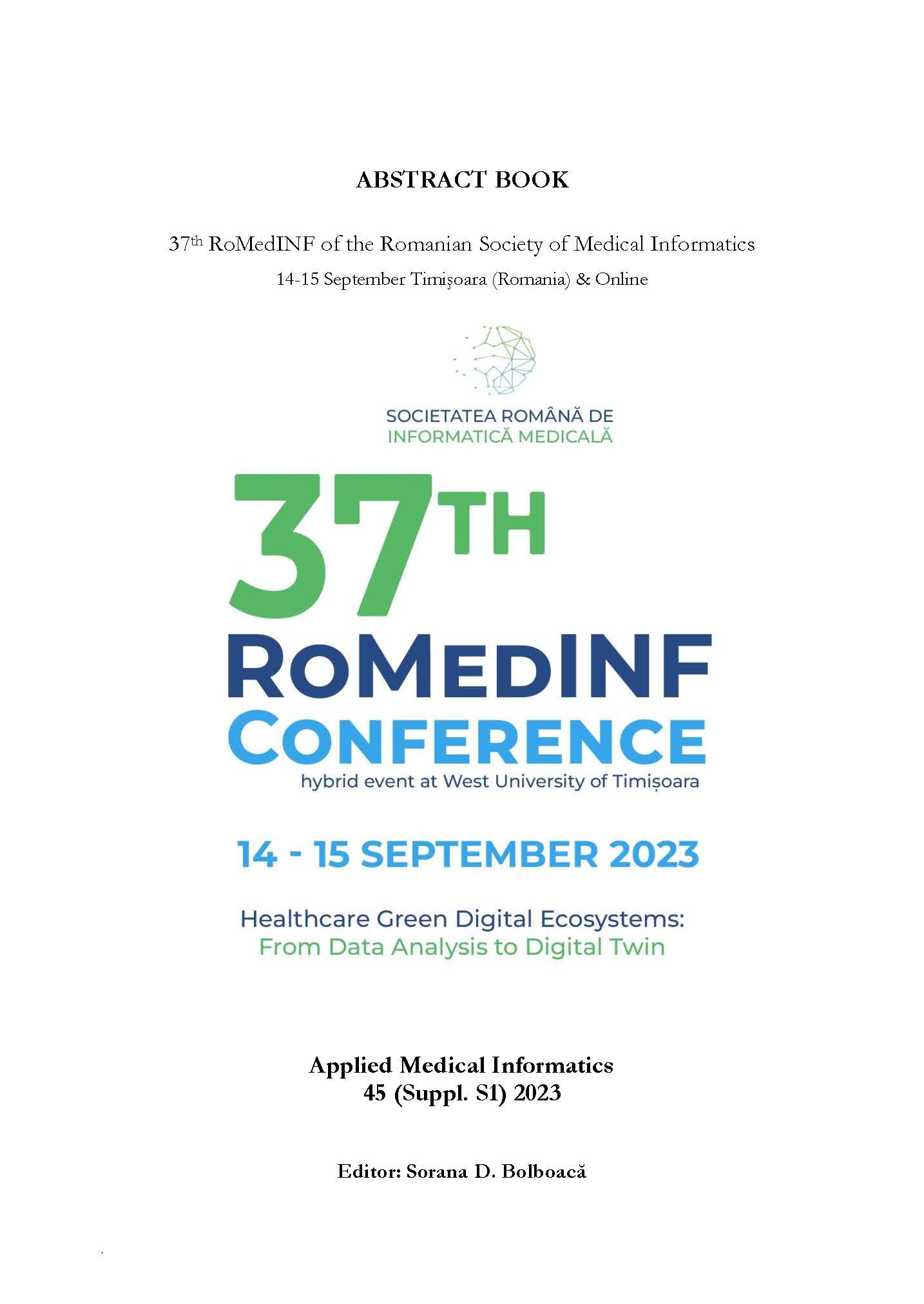Digital Teaching Tools and Medical Education – Challenges and Solutions
Keywords:
Multimedia-based learning, Blended learning, Internet services, Social networks, Medical studentsAbstract
Introduction: The modern educational process must integrate new tools, to keep pace with technological advances. The current generation of students (Generation Z-“digital natives”) have specific demands regarding the learning process, because they are familiar from their early childhood with technology, being declared supporters of independent and active learning style, based on visual, tactile, and kinesthetic content as well as practical activities, and less on theoretical lectures. Significant changes are required in this context, and the academic curricula must be re-designed to keep its efficacy. Our paper aims to investigate the extent to which the preferences of medical students for the autonomous use of multimedia resources in the learning process are correlated with their opinions towards Internet and the intensity of using it in their daily activities. Methods: We investigated 551 medical students from 4 Romanian medical universities, 76.2% females, 63.7% in the 1st and 2nd years of study. Students were asked to express on Likert-scales their agreement with a list of statements about Internet services, as well as whether they like learning using multimedia tools and how intensively they use Internet services. Results: The students agree to a medium to large extent with the favorable statements about Internet services but are also aware of the negative influences that indiscriminate use of such technology can have. The intensity of Internet usage is high, although not exaggerated. The score of favorable opinions about Internet services is statistically significant correlated with the students’ agreement to use digital tools in learning; the students enjoy the online learning, as well as the PowerPoint presentations and the documentation online. Conclusions: Generally speaking, the students who enjoy using multimedia resources for learning are constant users of Internet services as well; they use Internet mainly for information, and in the second place for communication through instant messaging applications.
Downloads
Published
How to Cite
Issue
Section
License
Copyright (c) 2023 Cristina Gena DASCĂLU, Magda Ecaterina ANTOHE, Victor Lorin PURCAREA

All papers published in Applied Medical Informatics are licensed under a Creative Commons Attribution (CC BY 4.0) International License.

